
About This Quiz
Why do you love candy so much? Well, for starters, the world has had millennia to improve on the outcome. Yep! Candy has been around for nearly 4,000 years. Around 2000 B.C. the ancient Egyptians created the first candy by mixing fruits and nuts with honey, and the Greeks created "candied" fruit and flowers. While hard candies such as lollipops and similar sugar candies were around in the 1500s, it wasn't until the mid to late 19th century that our modern-day candy really became popular, with improved manufacturing techniques. In fact, you may recognize some of the names that came out of 19th-century chocolate candy history: Cadbury, Nestle, Hershey. Those aren't just the names of companies, those are the founders of your modern-day chocolate candy bars.
How much do you think you know about candy? With thousands of varieties and shapes on the market, it's a wonder that anyone can keep track. But we're confident you have the sweet tooth for the task. Take a look at the unwrapped candy images in this quiz to see if you can identify which candy is which. Not all candies look or taste the same, but there is one commonality among all candy. We just can't get enough!

Over 15 million Junior Mints are produced daily. Tootsie Roll also makes Junior Caramels (caramel filling with a milk chocolate coating) and limited edition "Inside Outs" (mint-chocolate filling with a white chocolate shell). Other limited edition Junior Mints include Valentine's Day Pastels/Valentine's Day Regulars, Easter Pastels, Christmas edition (featuring red and green fillings), and Christmas Peppermint Crunch edition (featuring crunchy peppermint flakes in the outer chocolate coating).

PayDay was first introduced in 1932 by Frank Martoccio. PayDay variations include a Honey-Roasted limited edition in 2003, the PAYDAY PRO, a high protein energy bar in 2005, and the PayDay Chocolatey Avalanche in 2007. For a promotion in 1989, PayDays each contained an individually wrapped nickel.
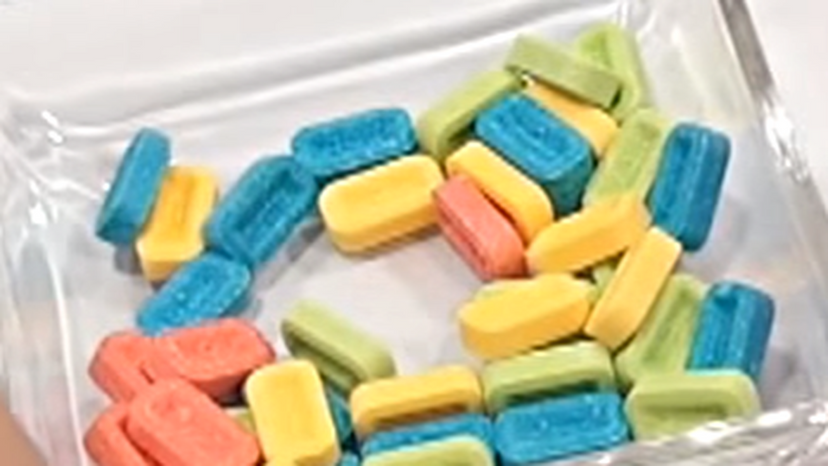
Early PEZ dispensers did not have heads on them. They were what is known now as "regulars". A regular dispenser is just a rectangular box with a contoured flip top for dispensing the candy. Toy character head dispensers were introduced in 1955, after the candy was introduced in the United States. There are over 550 unique dispenser heads with thousands of variations.
Advertisement
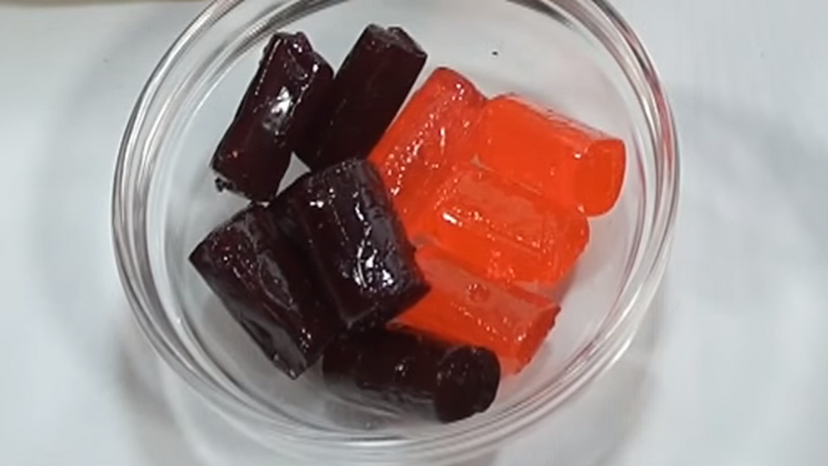
Jolly Rancher is a brand of sweet, somewhat tangy or sour hard candy, gummies, fruit chews, jelly beans, lollipops, gelatin desserts, gum and sodas. It is currently owned by The Hershey Company. The product was originally produced by the Jolly Rancher Company, founded in 1949 by Bill Harmsen of Golden, Colorado.
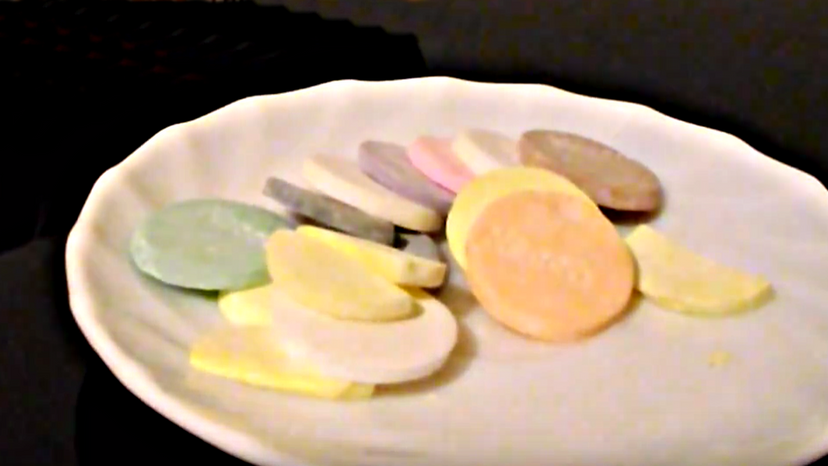
Necco Wafers are a candy made by the United States-based New England Confectionery Company (Necco). Necco Wafers were first produced in 1847 and are considered by Necco to be its core product. Each roll of Necco Wafers contains eight flavors: lemon (yellow), lime (green), orange (orange), clove (purple), cinnamon (white), wintergreen (pink), licorice (black), and chocolate (brown).
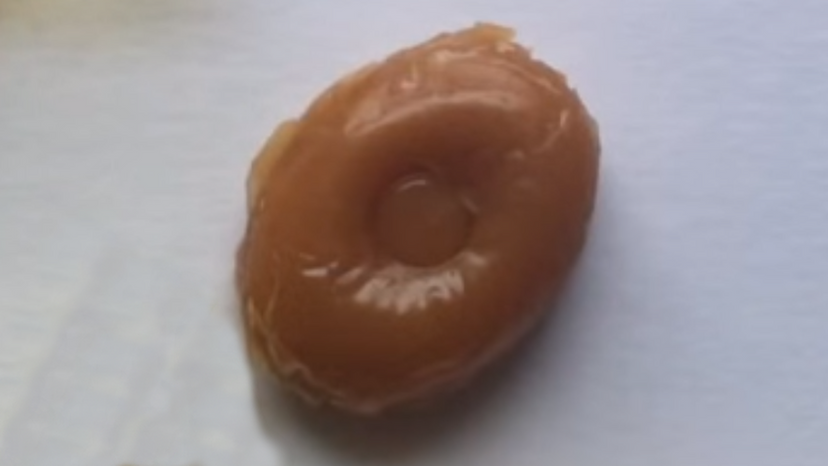
The candy brand is named after the town of Werther in Westphalia, where the company was founded in 1903. From 1969, the sweet was marketed under the brand name Werthers Echte. The brand name Werther's Original was adopted in the 1990s for the international market
Advertisement

It is generally thought that jelly beans first surfaced in 1861 when Boston confectioner William Schrafft urged people to send his jelly beans to soldiers during the American Civil War. It was not until July 5, 1905, that jelly beans were mentioned in the Chicago Daily News. The advertisement publicized bulk jelly beans sold by volume for nine cents per pound. The American National Jelly Bean Day is on April 22.
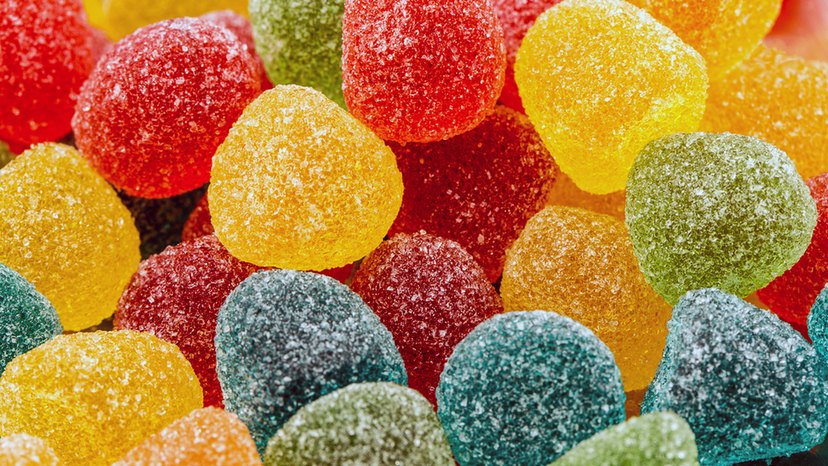
Gumdrops, spice drops, and their variations are used in baking, candy crafting, decorating, and for eating out of hand. They are often used for decorating cakes and cupcakes. Around Christmas time, this candy is an ingredient used in making gingerbread houses.
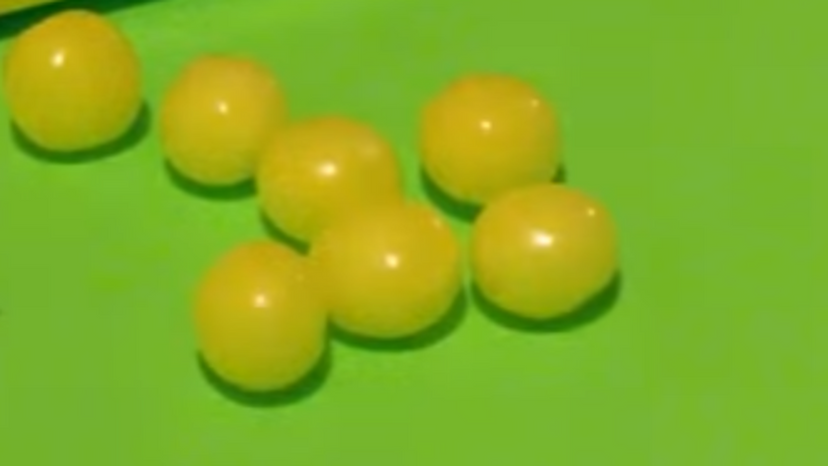
Inspiration for the Lemonhead name came from Salvatore Ferrara seeing his grandson, Salvatore II, the third generation, after delivery. Salvatore II was a forceps baby and he noted that his new grandson's head was lemon-shaped. The candy was born out of the same cold panned process as the company's Red Hots in 1962.
Advertisement
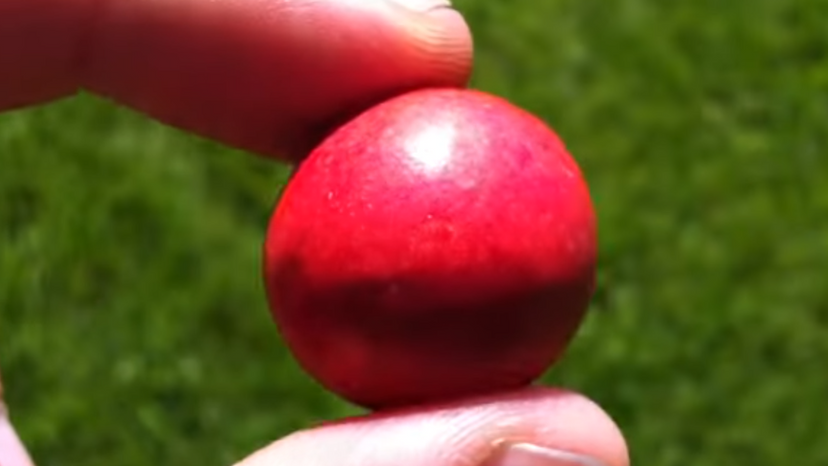
The taste that revolutionized the industry. Fire caught on fast! The original super intense cinnamon candy! 15 million of these spicy gems are consumed every week around the world. Kids dare each other to eat them…one after another after another.
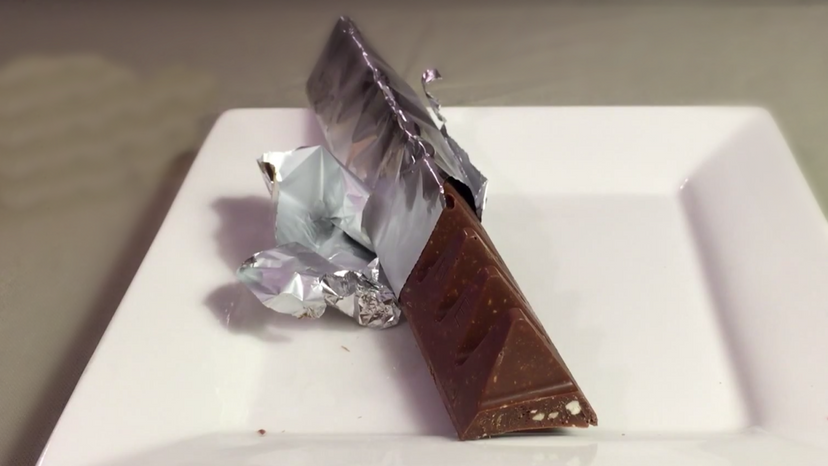
Toblerone was created by Theodor Tobler (1876–1941) in Bern, Switzerland, in 1908. Theodor Tobler, with his cousin Emil Baumann, developed a unique milk chocolate including nougat, almonds and honey with a distinctive triangular shape. The image of a bear is hidden in the Matterhorn high mountain, symbolizing the town of the chocolate's origin
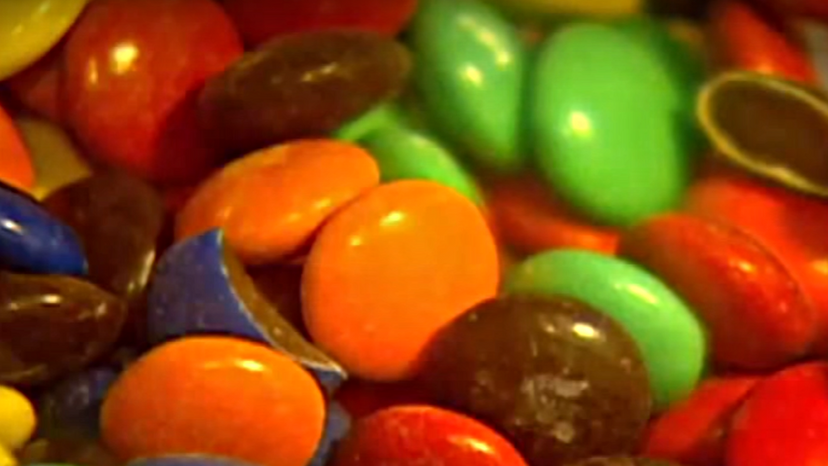
M&M's (styled as m&m's) are "colorful button-shaped chocolates" produced by Mars, Incorporated. The candy shell, each of which has the letter "m" printed in lower case on one side, surrounds a filling which varies depending upon the variety of M&M's.
Advertisement
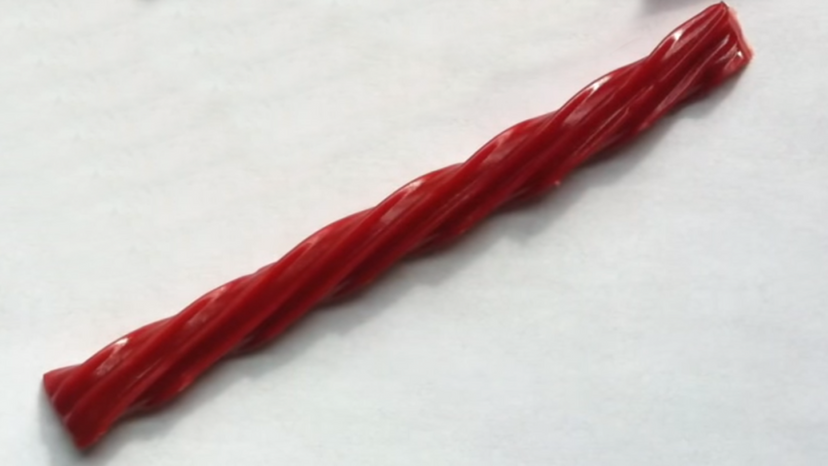
The manufacturer of Cherry Twizzlers candy is one of the oldest confectionery firms in the United States. The company was established in 1845 as Young and Smylie, and adopted Y&S as its trademark in 1870.
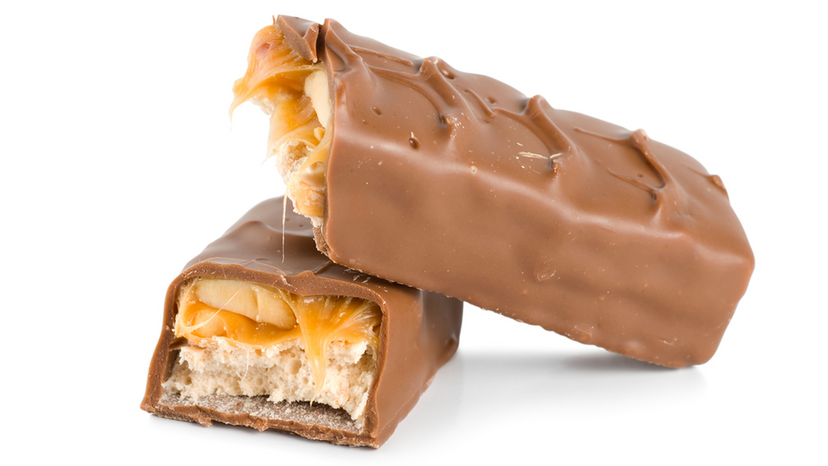
Snickers is a brand name chocolate bar made by the American company Mars, Incorporated. Consisting of nougat topped with caramel and peanuts, en-robed in milk chocolate, Snickers has annual global sales of $2 billion.
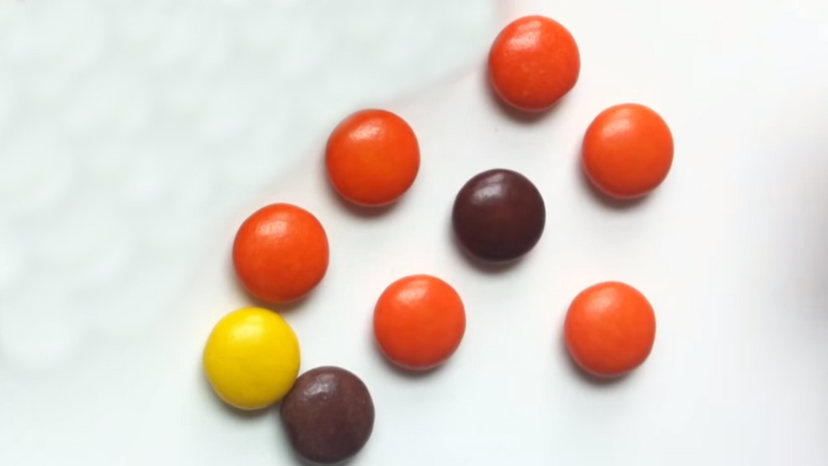
Reese's Pieces are a product extension of the Reese's Peanut Butter Cups line; this new product was designed to capitalize on the success of the chocolate-covered peanut butter cups. Though, unlike the cups, they have no chocolate.
Advertisement

The product was first produced in the United Kingdom in 1967, and introduced in the United States in 1979. Twix was called Raider in mainland Europe for many years before its name was changed in 1991 (2000 in Denmark, Finland, Norway, Sweden and Turkey) to match the international brand name. The name Twix was created from twin biscuits, or 'twin bix'
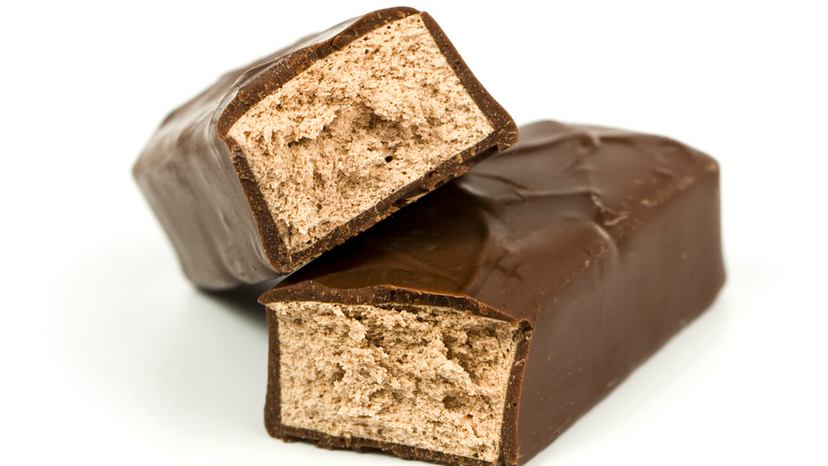
3 Musketeers was advertised on television on the 1950s-era Howdy Doody show, along with a song that Buffalo Bob Smith encouraged children to sing. In the mid-late 1990s, the bar's advertisements also featured three men dressed as the legendary Three Musketeers to market the "45% less fat" campaign. The product's original slogan of "Big on Chocolate!" was expanded in these advertisements to "Big on Chocolate, Not on Fat!"
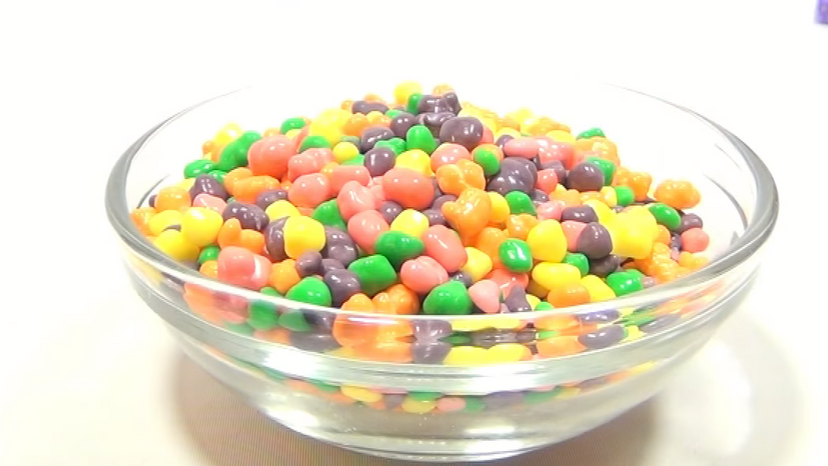
Nerds were a popular candy in the 1980s, but they had big competitors including Pop Rocks, Candy Buttons, and Mike and Ike’s. Nerds also had a close cousin in the '80s—Dweebs. Dweebs were very similar to Nerds; but they were less sour and bigger in size.
Advertisement
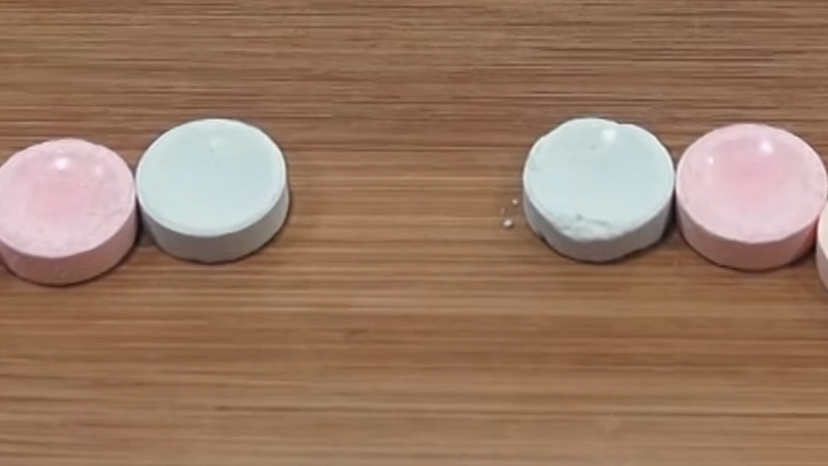
In the United States, Smarties are a type of tablet candy produced by Smarties Candy Company, formerly known as Ce De Candy Inc., since 1949. Smarties are produced in factories in both Union Township, New Jersey, and Newmarket, Ontario. The candies distributed in Canada are marketed as Rockets, to avoid confusion with internationally distributed Nestlé Smarties.
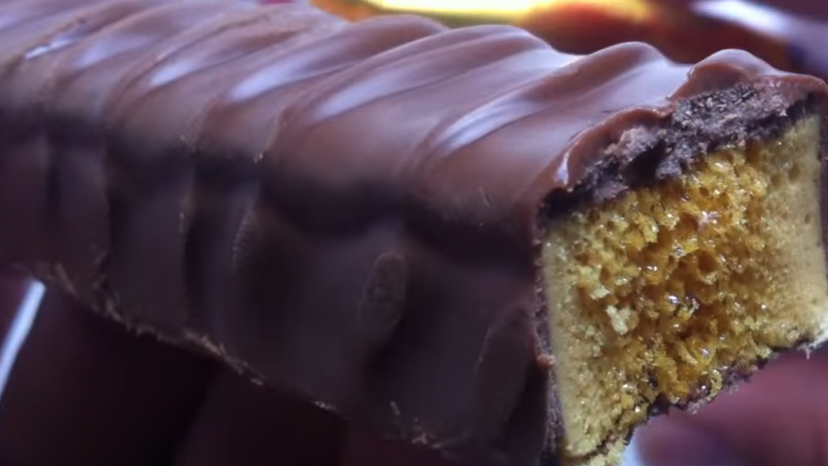
Crunchie is a brand of British chocolate bar with a honeycomb toffee sugar centre. In the late 1960s there was a range of limited edition Crunchies on sale in the UK. These included a lemonade bar and a Tango Orange bar, in which the chocolate contained the different flavourings. A champagne-flavoured bar was launched for New Year's Eve 1999. In South Africa, Cadbury sold a white chocolate version in a blue wrapper until recently.
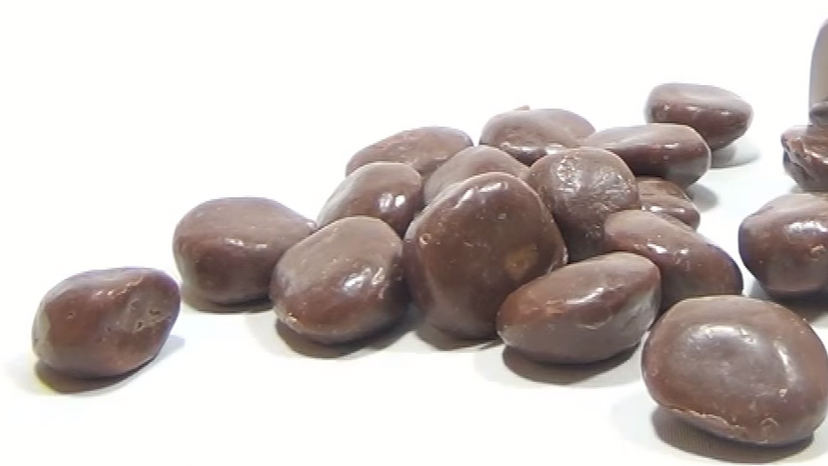
According to the manufacturer, the word "Milk" in the name refers to the large amount of milk in the product; the use of "dud" came about because the original aim of having a perfectly round piece was found to be impossible. Milk Duds were first created in 1926 by S. le Noble.
Advertisement
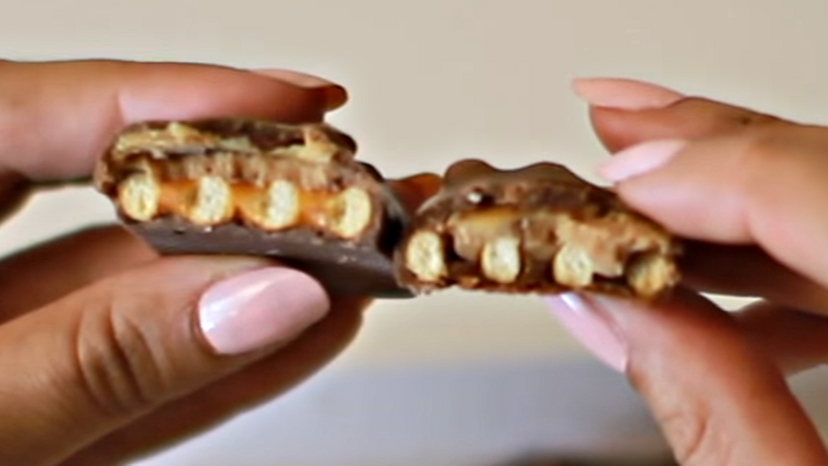
The Take 5 (known as Max 5 in Canada but now discontinued) is a pretzel, caramel, peanut and peanut butter-filled, milk chocolate coated candy bar released by The Hershey Company in December 2004. The "5" in the name refers the combination of five ingredients: milk chocolate, peanuts, caramel, peanut butter, and pretzels.
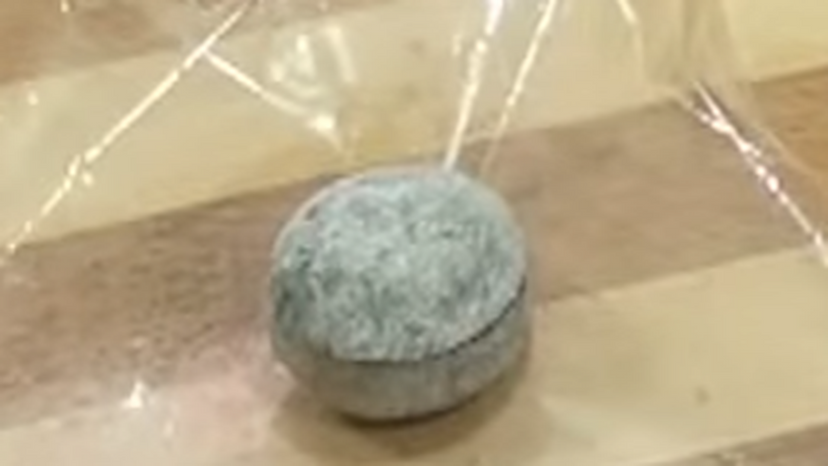
The name "Warheads" comes from the notion that the sour taste of the candies is akin to a real warhead going off in one's mouth, and the brand's mascot, Wally Warheads, is depicted as a boy with puckered lips and a small mushroom cloud emanating from the top of his head. Their 'extreme' sour flavor can produce visibly strong reactions from people experiencing them for the first time.
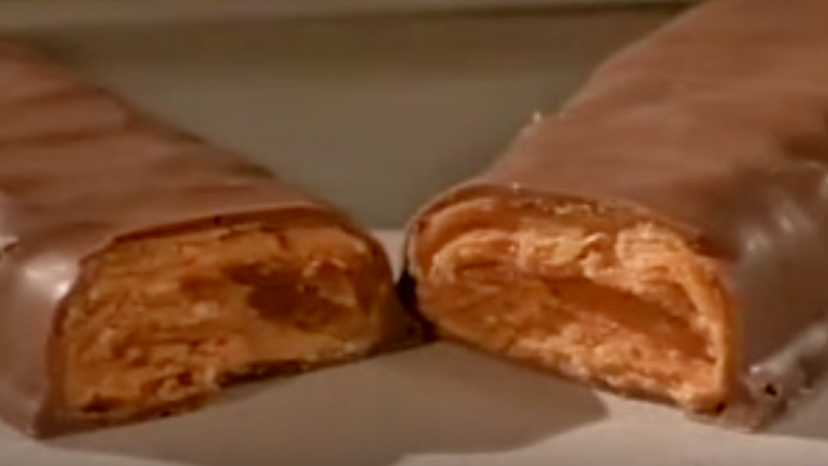
Butterfinger is a candy bar created in 1923 in Chicago, Illinois by Otto Schnering, which currently is manufactured by Nestlé. The bar consists of a crispy core of creamy peanut butter blended with sugar candy in chocolatey coating. Butterfinger has become known for humorous marketing and a roster of memorably funny spokespersons, from Bart Simpson to Seth Green to Erik Estrada to Rob Lowe and Jamie Pressly, it's most recent and first female spokesperson.
Advertisement
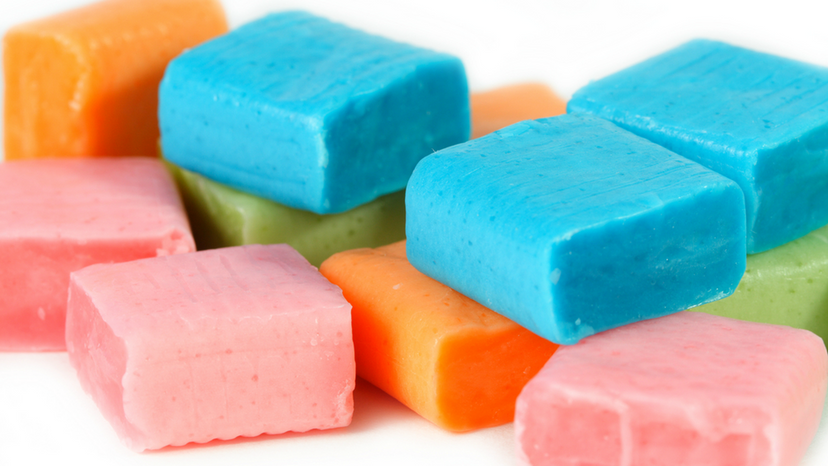
The brand was introduced by Mars in the UK in 1960, named by Peter Pfeffer in a competition that won him £5, as Opal Fruits. The four original flavors were strawberry, lemon, orange, and lime. Opal Fruits were introduced in the United States in 1967 as Starburst. Originally, Starburst came in the same flavours as Opal Fruits. Subsequently, its first variant, Sunshine Flavors, was released and was later renamed "Tropical Opal Fruits". In Europe, lemon and lime were combined to become "Lemon and Lime" to make room for a Blackcurrant flavour.
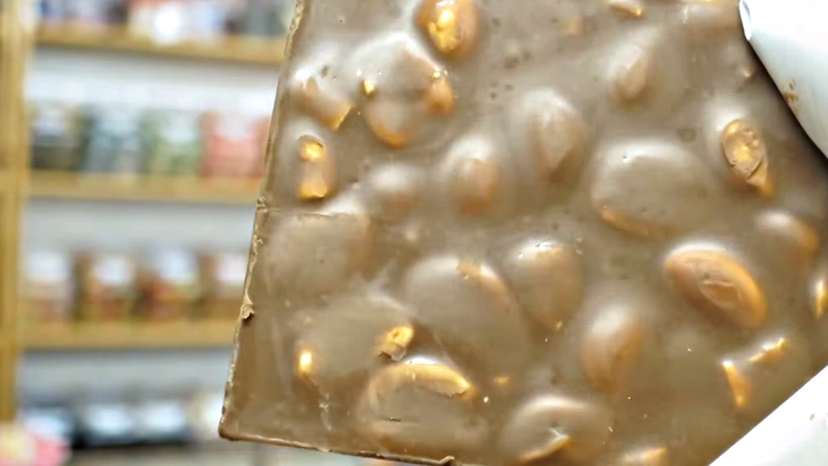
Mr. Goodbar is a candy bar containing common peanuts and chocolate, whose packaging is identifiable by its yellow background and red text. It is manufactured by The Hershey Company and was introduced in 1925. Although the Hershey Milk Chocolate Bar with Almonds had been produced since 1908, Milton Hershey initially did not want the Hershey brand name associated with a chocolate bar that contained peanuts, so it was introduced as being produced by the "Chocolate Sales Corporation".
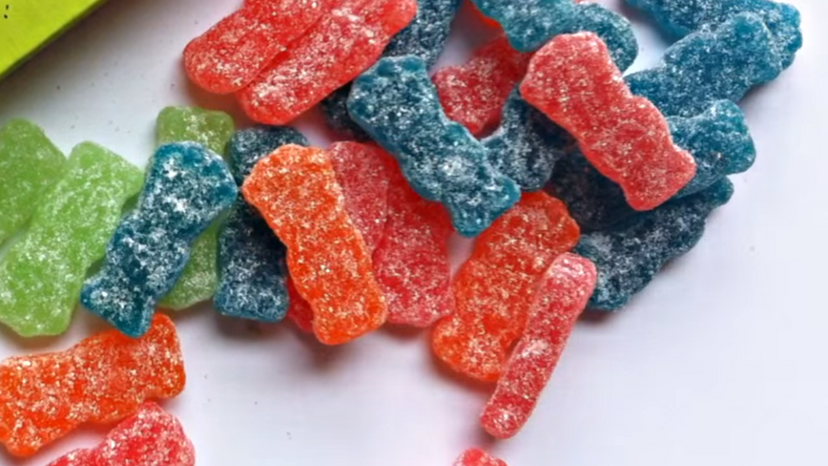
Sour Patch Kids were originally created by Frank Galatolie of Jaret International, under the name of Sour Group Kids. In the late 1970's the Mondelez international and the Malaco Licorice Company of Sweden formed the M & A Candy Company in Hamilton, Ontario, Canada in order to produce them. In the 1970s the candy was renamed Mars Men, and by 1985 they were renamed to Sour Patch Kids to capitalize on the popularity of Cabbage Patch Kids.
Advertisement
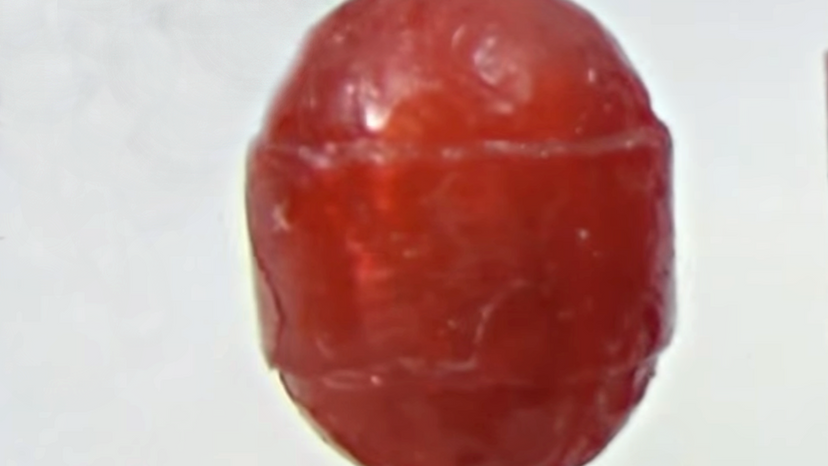
Charms Blow Pops are lollipops with bubble gum centers surrounded by a hard candy shell. The candy was popularized by The Charms Company. The invention of this candy is attributed to Thomas Tate Tidwell in 1969, with the patent issued in November 1969.
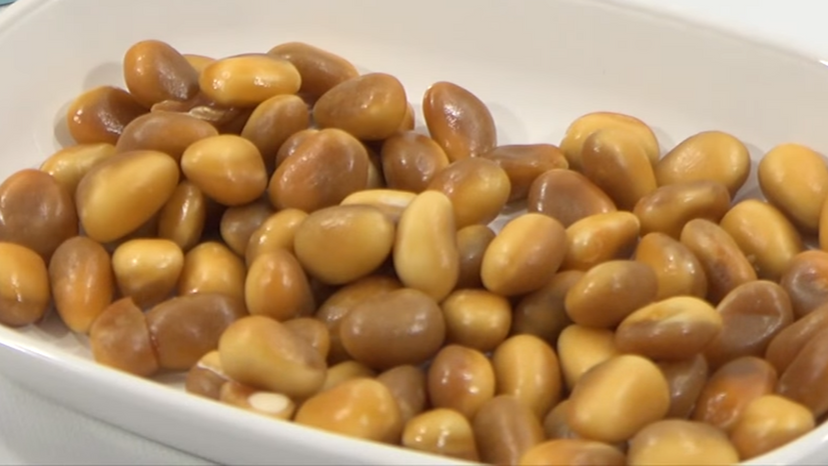
Sugar Babies are bite-sized, pan-coated, chewy milk caramel sweets which are relatively soft to chew. They are an American confection originally developed in 1935 by the James O. Welch Co. Sugar Babies were named after a song called "Let Me Be Your Sugar Baby."
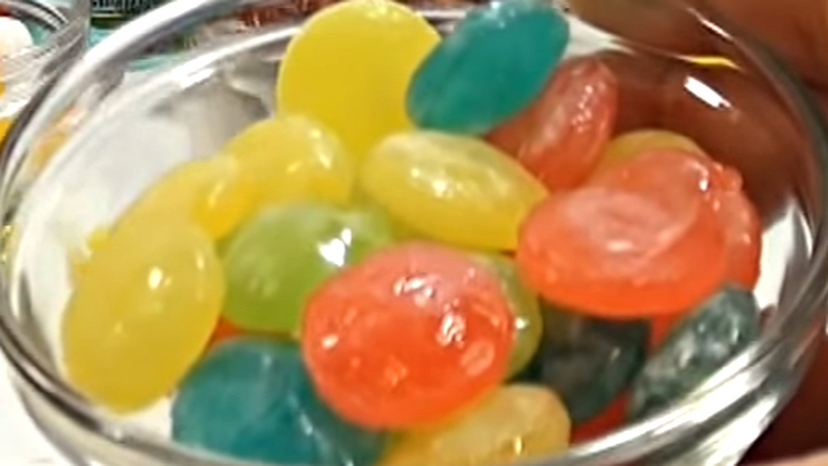
The container features a challenge, how long buyers can keep a sweet in their mouths. The manufacturers encourage buyers to compete against a friend. There is a caution on the drum stating that sensitive individuals should not consume the product.
Advertisement
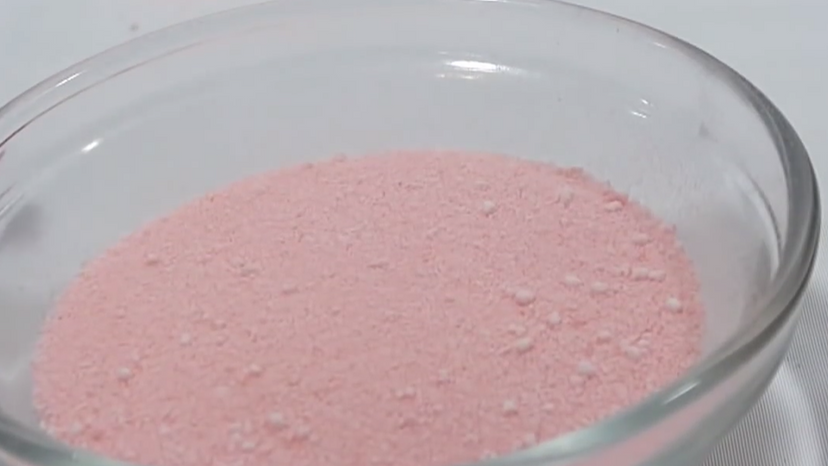
The concept for this powdered candy originated in 1942 and was derived from a penny drink mix sold as Fruzola by the Fruzola Company in Salt Lake City, Utah. When J. Fish Smith found that kids were eating the sweet and sour powder straight from the package, he modified the formula.
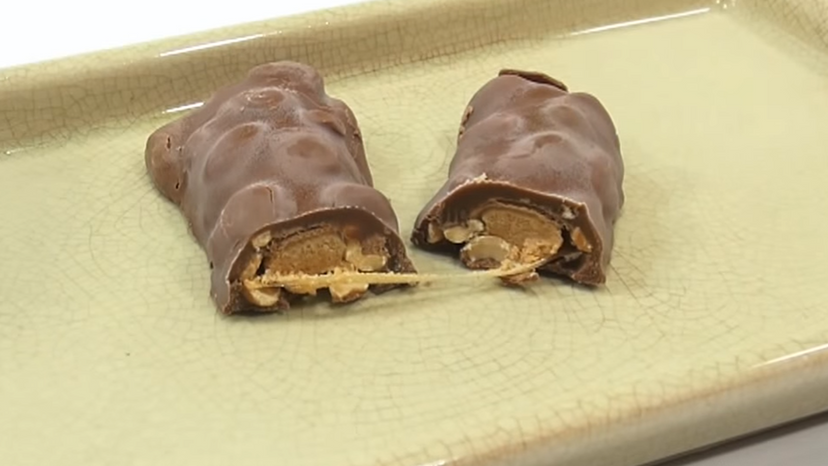
NutRageous was originally called Acclaim, but this name was changed just prior to its release due to focus groups (mainly of children) responding more to the "NutRageous" branding
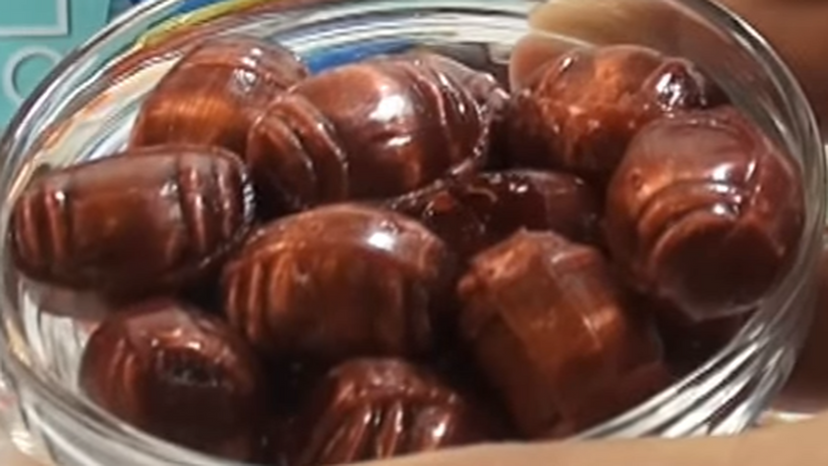
Root Beer Barrels are some of the best on the market with their authentic, old-fashioned root beer taste and retro inspired packaging. Grab some today - if you can find them!
Advertisement
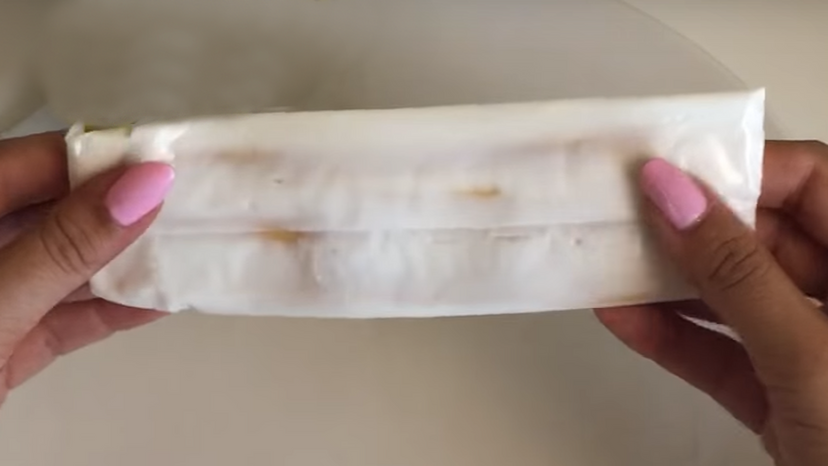
Abba-Zaba are taffy candy bars with peanut butter centers, made by the Annabelle Candy Company in Hayward, California. A favorite snack of a young Don Van "Captain Beefheart" Vliet, it lent its name to a song that appears on his 1967 Safe as Milk album. In fact, the album itself was originally to be entitled "Abba Zaba", changed only when the company would not allow the usage of their trademark name.
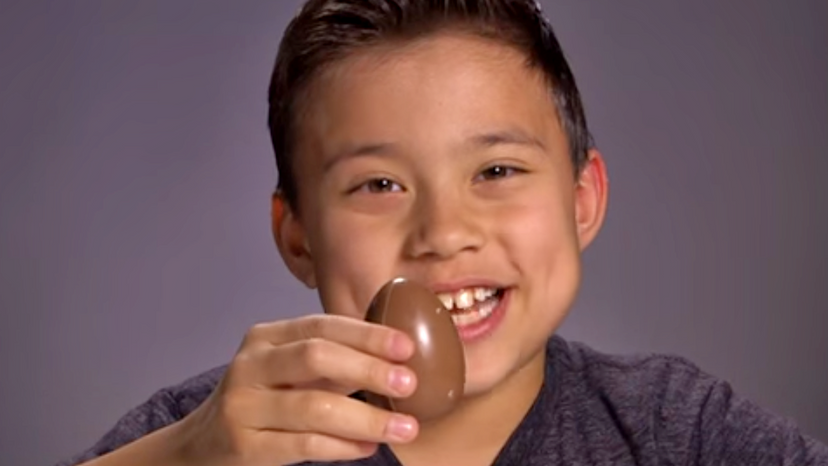
Kinder Surprise, also known as a Kinder Egg is a candy manufactured by Italian company Ferrero. Originally intended for children, it is also popular with adult collectors, and has the form of a chocolate egg containing a small toy, usually requiring assembly.

Nik-L-Nip is a brand of juice confection created in the early 20th century that comes in a variety of fruit flavors, marketed by Tootsie Roll Industries. The Nik-L-Nip brand name is a combination of the original cost--a nickel--and the preferred method of opening wax bottles, which is to nip the top off.
Advertisement
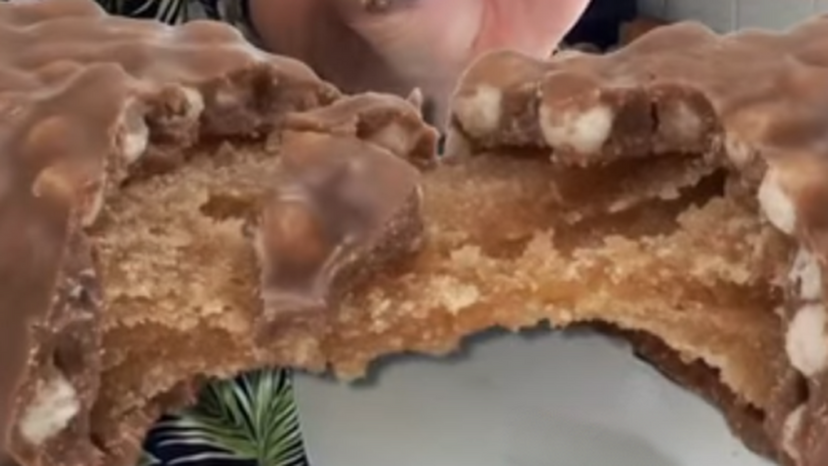
100 Grand Bar is a candy bar produced by Nestlé in the United States. The candy bar was created in 1966, and named after a series of successful game shows.
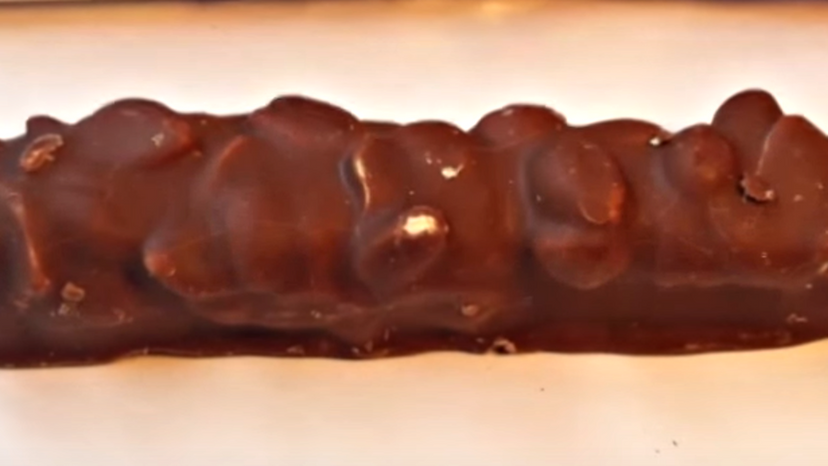
The Baby Ruth bar is infamously featured in a scene in the 1980 movie Caddyshack that takes place at a pool party. Two teenage girls are sitting at poolside and one girl offers to share the tasty confection with her friend, when a third teen — a boy — asks for a piece of the candy and the girls refuse his request. The boy then tries to take the candy bar from the first girl, thereby accidentally knocking it into the pool, much to the young ladies' annoyance. Thinking someone had defecated in the pool due to the candy's perceived resemblance to human feces, all the partygoers make a mad scramble out of the pool.
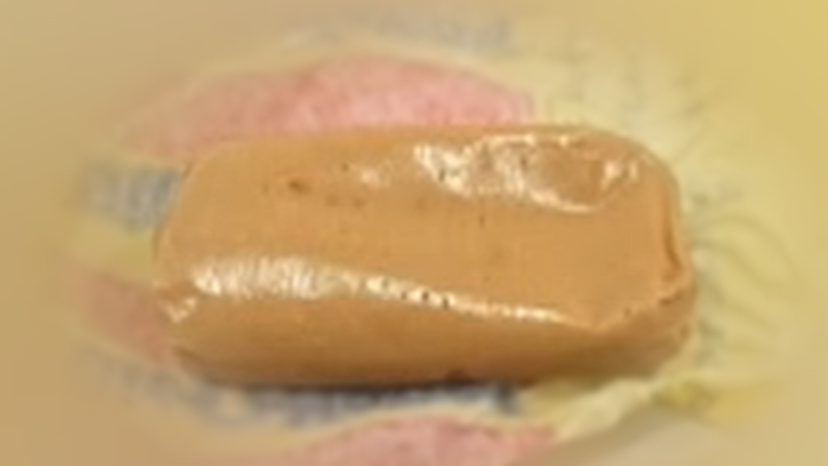
Bit-O-Honey is a chewy candy with almond bits blended into a honey flavored taffy. It first appeared on the market in 1924.
Advertisement
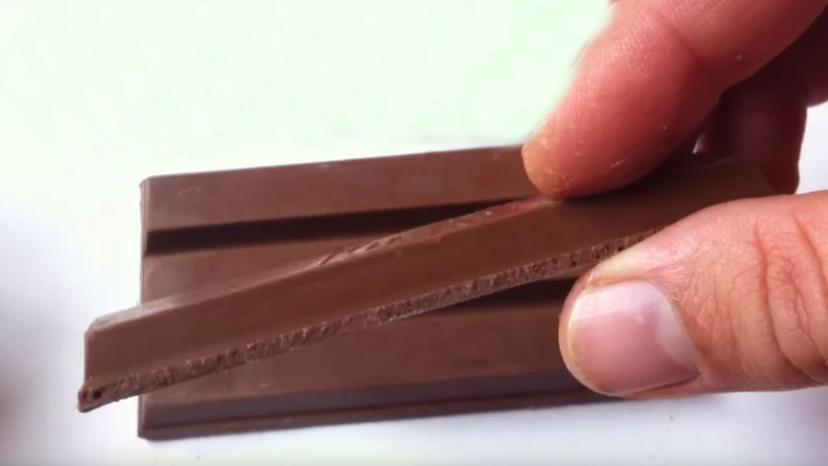
Kit Kat is a chocolate-covered wafer biscuit bar confection created by Rowntree's of York, England, and is now produced globally by Nestlé, which acquired Rowntree in 1988, with the exception of the United States where it is made under license by H.B. Reese Candy Company, a division of The Hershey Company. The standard bars consist of two or four fingers composed of three layers of wafer, separated and covered by an outer layer of chocolate.